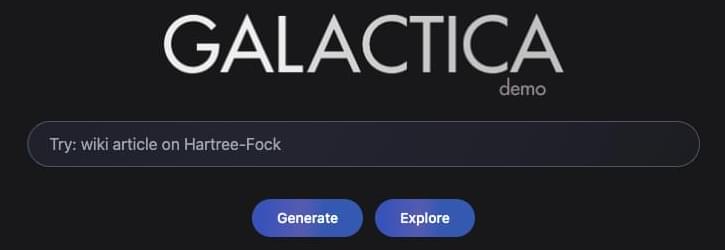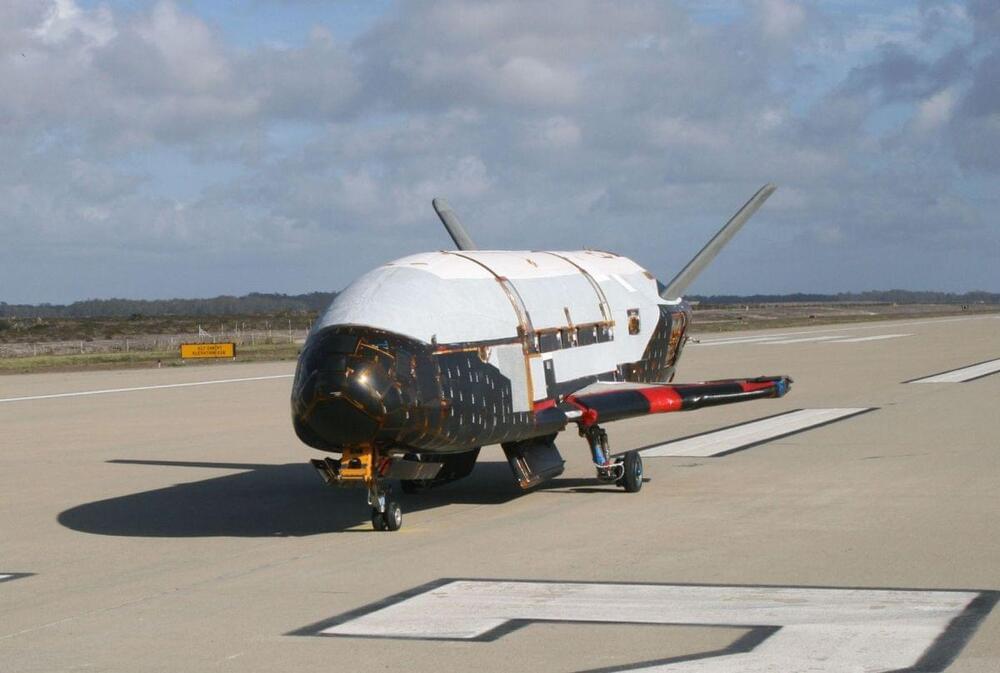The space observatory’s most recent image shows a star’s preamble in the nearby universe.


A trip deep into the far future, to the End of Earth.
Visit our sponsor, Brilliant: https://brilliant.org/IsaacArthur/
For most of human history, the end of Earth, the Universe, and Time itself were all identical, now we know the world will end in 4 billion years, long before the Universe begins to wind down. Today we will ask how we can extend that, and keep Earth around for far longer.
Visit our Website: http://www.isaacarthur.net.
Join the Facebook Group: https://www.facebook.com/groups/1583992725237264/
Support the Channel on Patreon: https://www.patreon.com/IsaacArthur.
To help us grow your SFIA community, follow https://twitter.com/Isaac_A_Arthur on Twitter and RT our future content.
Visit the sub-reddit: https://www.reddit.com/r/IsaacArthur/
Listen or Download the audio of this episode from Soundcloud: https://soundcloud.com/isaac-arthur-148927746/dying-earth.
Cover Art by Jakub Grygier: https://www.artstation.com/artist/jakub_grygier.
Script Editing.
Edward Nardella.
Keith Blockus.
Mark Warburton.
Matthew Acker.
MolbOrg.
N Kern.
Sigmund Kopperud (Wicked Woxel)
Graphics Team:
Edward Nardella.
Jeremy Jozwik.
Jarred Eagley.
Justin Dixon.
Jeremy Jozwik.
Katie Byrne.
Kris Holland of Mafic Stufios: www.maficstudios.com.
Luuk Warringa.
Mihail Yordanov.
Murat Mamkegh.
Nick Talmers Nieuwoudt.
Pierre Demet.
Sergio Botero: https://www.artstation.com/sboterod?fref=gc.
Stefan Blandin.
Music Supervisor.
Luca De Rosa.
Music:

It turned out that Mars wasn’t as silent as first believed. Instead, there is intense seismic activity on the red planet, which is rumbling and groaning.
Read more about Mars is Alive! NASA Detects Unusual Activity From Inside The Planet.
It’s not really a Star Wars story unless there’s a lovable or memorable droid stealing the spotlight. But, when you really stop and think about it, there’s also something profoundly tragic about the role artificial lifeforms play in the Star Wars universe.
PATREON
Support this project on Patreon:
https://www.patreon.com/popdetective.
PAYPAL
Make a one-time donation via PayPal:
https://www.paypal.me/popdetective.
WISHLIST
Send research materials for video essays:
https://www.amazon.com/hz/wishlist/ls/VPZW4GU512ON?ref_=wl_s…atfound-20.
REFERENCES
• Race in American Science Fiction by Isiah Lavender III
https://www.goodreads.com/book/show/10364882-race-in-american-science-fiction.
• Imagining Slaves and Robots in Literature, Film, and Pop Culture by Gregory Jerome Hampton.
https://www.goodreads.com/book/show/26371201-imagining-slave…ar-culture.
• The Cambridge Companion to Slavery in American Literature (Chapter 15) Beyond the Borders of the Neo-Slave Narrative by Jeffrey Allen Tucker.
https://www.goodreads.com/book/show/39293853-the-cambridge-c…literature.
• Asimov on Science Fiction in Science Fiction Digest, October-November 1981
https://archive.org/details/sfdigest19811011
• Janelle Monae’s “Many Moons” music video.
NOVELS REFERENCED

Start learning today with Brilliant! https://brilliant.org/upandatom.
Watch Part 2 over on Isaac Arthur’s channel.
https://www.youtube.com/channel/UCZFipeZtQM5CKUjx6grh54g.
If you’d like to know more about Boltzmann Brains, here are some informative papers:
https://arxiv.org/abs/hep-th/0208013
https://arxiv.org/abs/0704.2630
https://arxiv.org/abs/hep-th/0611271
https://arxiv.org/abs/hep-th/0611043
https://arxiv.org/abs/1708.00449
https://arxiv.org/abs/1702.
Hi! I’m Jade. Subscribe to Up and Atom for physics, math and computer science videos!
*SUBSCRIBE TO UP AND ATOM* https://www.youtube.com/c/upandatom.

The U.S. Space Force has a mini-fleet of two robotic X-37B space planes, which have been flying secret missions since 2010.
The most recent mission, called OTV-6, launched in May 2020 and is ongoing. As that name suggests, it’s the sixth flight for the robotic X-37B, which is also known as the Orbital Test Vehicle (OTV). The other five OTV missions launched in April 2010, March 2011, December 2012, May 2015 and September 2017.
We’ve assembled 10 surprising facts about the military space plane for you. Just click the arrows to launch to the next page and enjoy.
US military’s X-37B space plane lands, ending record-breaking mystery mission.
https://www.space.com/space-force-x-37b-space-plane-otv-6-mission-ends
Learn all about the U.S. Space Force’s robotic X-37B space plane, which has flown six mystery missions to date.


The hundreds of gold-rich stars discovered in our Milky Way galaxy may have come from smaller galaxies that merged 10 billion years ago, according to new simulations by a supercomputer.
Using the ATERUI II supercomputer in the Center for Computational Astrophysics at the National Astronomical Observatory of Japan, scientists at Tohoku University and the University of Notre Dame developed new simulations of galaxy formation with the highest resolution yet.
The paper was published this week in the Monthly Notices of the Royal Astronomical Society.